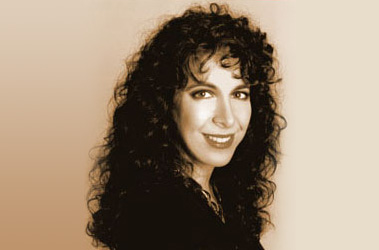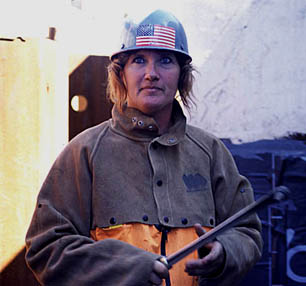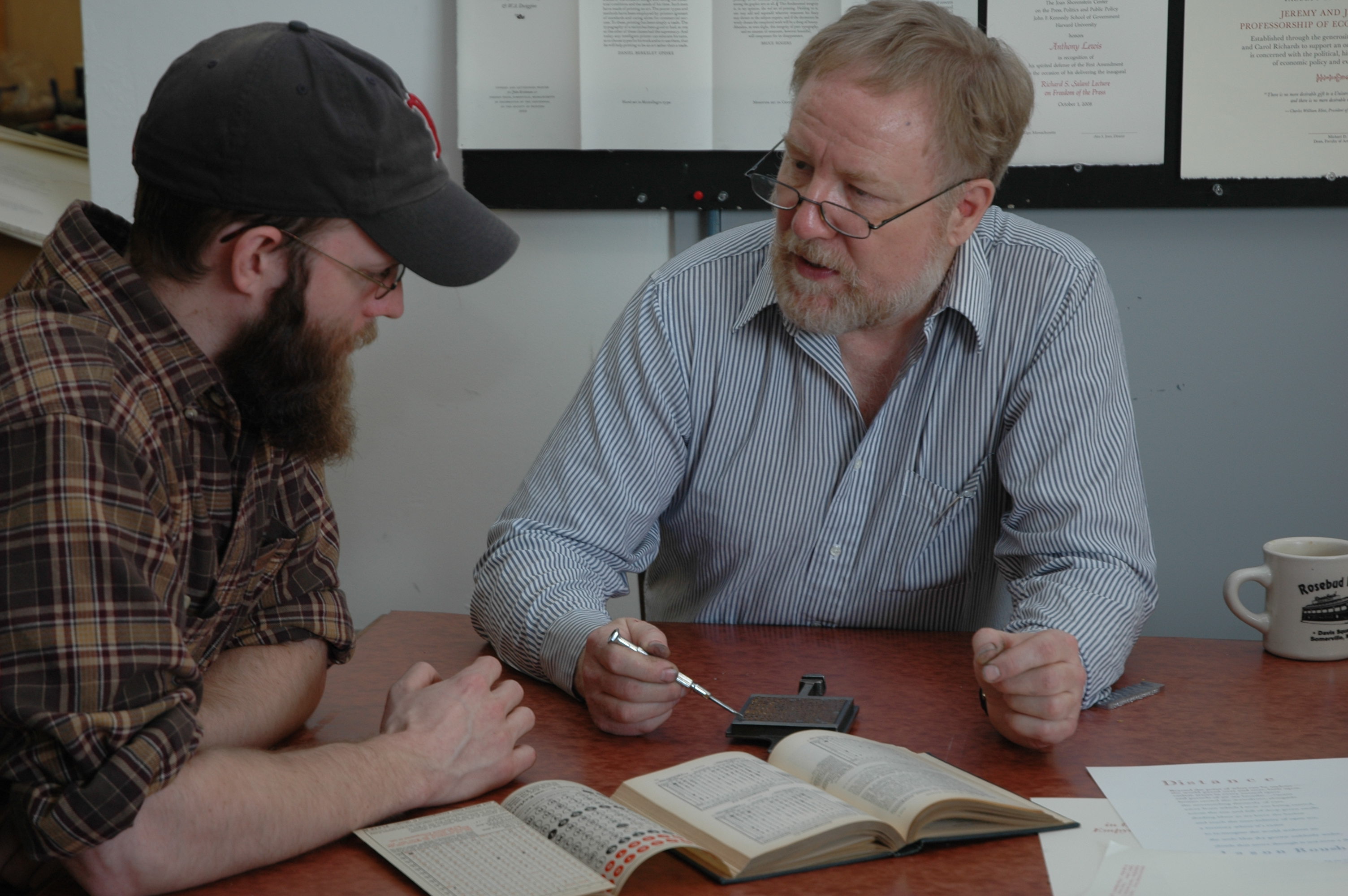

At first glance, this year’s two fellowships in the traditional arts seem a study in contrasts. One represents an age-old Yankee craft; the other, an ancient West African musical tradition. Yet wooden boat builder Harold A. Burnham and Malian balaphon player Balla Kouyaté share something in common. Each individual is carrying on a traditional art form passed on through his own family lineage. Harold A. Burnham’s boat building ancestors arrived in Essex, Massachusetts nearly 400 years ago. Balla Kouyaté, who came to the United States just a decade ago, was born into a musical family whose artistic lineage dates back 800 years. And their traditions are stronger for it.


In addition to performing in concert halls and clubs, Balla is ever present playing at weddings, baptisms, and other domestic ceremonies within the West African immigrant communities of Boston, New York City, and beyond. As for Harold Burnham, he has essentially revived a once dormant shipbuilding technique, and in doing so, has reconnected a town to its own shipbuilding heritage. More than a revivalist serving a small market of weathy buyers who romanticize the past, he is an innovative craftsman working fully within the local wooden boatbuilding tradition.
The MCC has also granted finalist awards in the traditional arts to the following individuals:
Sunanda Sahay specializes in a style of folk painting originating in the Madhubani region of North India.

Sophia Bilides is a master performer of Smyneika, a heartfelt and highly ornamented singing style of Greek Asia Minor heritage.

Ivelisse Pabon de Landron makes traditional Puerto Rican black dolls as a way of honoring her ancestors — Puerto Rican women of African descent and their contribution to cultural history.

Sridevi Ajai Thirumalai is an acclaimed Bharathanatyam dancer and founder of the Natyamani School of Dance.

The next deadline for Artist Fellowships in the Traditional Arts will be Fall 2011.





